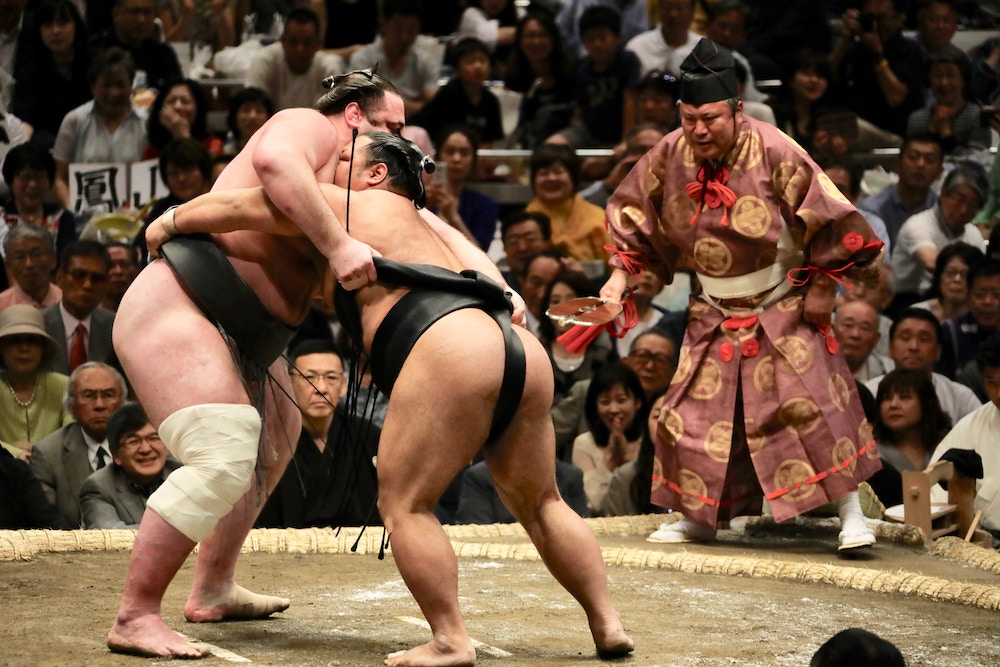Sizing up two heavyweights in the coating world.
The right injection mold coating can save a company hundreds of thousands of dollars. It makes an injection mold more corrosion-proof, durable, and assists in part release.
That’s important, because it’s essential that a mold both last and maintain efficiency once coated.
Knowing this begs the question: which type of injection mold coating is the best option?
Let’s take a look at the two types of coatings often used on molds to answer that.
Diamond Like Carbon (DLC) Coating Vs Physical Vapor Deposition (PVD) Coating of Titanium Nitride or Zirconium Nitride
The names alone are a lot to take in. So, here’s a brief run-down of each:
What is DLC Coating?
DLC (Diamond Like Carbon) Coating is applied using multiple methods. One of the more popular of which involves placing the object to be coated in a vacuum chamber on a rotating carousel. The chamber prepares the object for coating by outgassing moisture and removing unwanted particles from the object.
Then, ionized hydrogen and carbon atoms are applied at very high heat to the surface of the object as a coating.
This coating gets the name “diamond” from the diamond-like hardness of a mold after coating, but it can also be engineered to feel softer like graphite.
What is PVD Coating?
PVD (Physical Vapor Deposition Coating) is also a vacuum chamber coating process. The part to be coated is placed inside a vacuum chamber. Another solid material within the chamber is vaporized. The vapor then coats the desired part. To ensure the correct parts of the object are coated, the part is carefully positioned and rotated during the PVD process.
PVD coatings of Titanium Nitride or Zirconium Nitride, specifically, help with corrosion and erosion prevention and release of parts from the mold. And importantly, because the coating is only 5-10 microns thick (less than half a millimeter), it won’t knock tools out of tolerance, which is a major pain for many companies.
It’s important to know that a PVD Coating isn’t adding another layer to the object that will chip or crack with time (think old paint). It’s impregnating the object and becoming part of the mold.
The Physical Vapor Deposition process can be performed on a variety of materials, including stainless steel, hardened steels, aluminum, and 3D printed polymers.
Let’s take a deeper look at the benefits that each coating process offers.
Advantages of DLC Coating
- Reduces friction that molds experience during cycles.
- Protects from abrasive materials.
- High thermal conductivity.
- High hardness
- Can be tailored to a specific object for coating with underlayers.
Advantages of PVD Coating of Titanium Nitride or Zirconium Nitride
- Builds a strong chemical bond with the coated surface that is stronger than traditional coatings (the bond must break atomic layers in order to fail… talk about hardness).
- Hardness equivalent to DLC and other coatings.
- Titanium Nitride Coating provides excellent wear resistance, and works particularly well with carbon and stainless steels, and applications that require a gold finish.
- Zirconium Nitride Coating also provides great wear resistance, and works well with applications that require a bronze finish.
- Most tool alloys have an average hardness of Rc 45-50. PVD achieves surface hardness in the range of Rc 80 to 85.
- Maintains mold uniformity and won’t knock a mold out of tolerance.
- Can be stripped and recoated.
In the end, it’s all about your needs
Choosing an injection mold coating should be about which coating will help your mold both last and maintain efficiency. Both DLC and PVD present attractive performance enhancement benefits. A review of your specific situation will determine the best solution.
Schedule a time to speak with our technical team and we’ll help you navigate selecting the right coating process for your needs.


